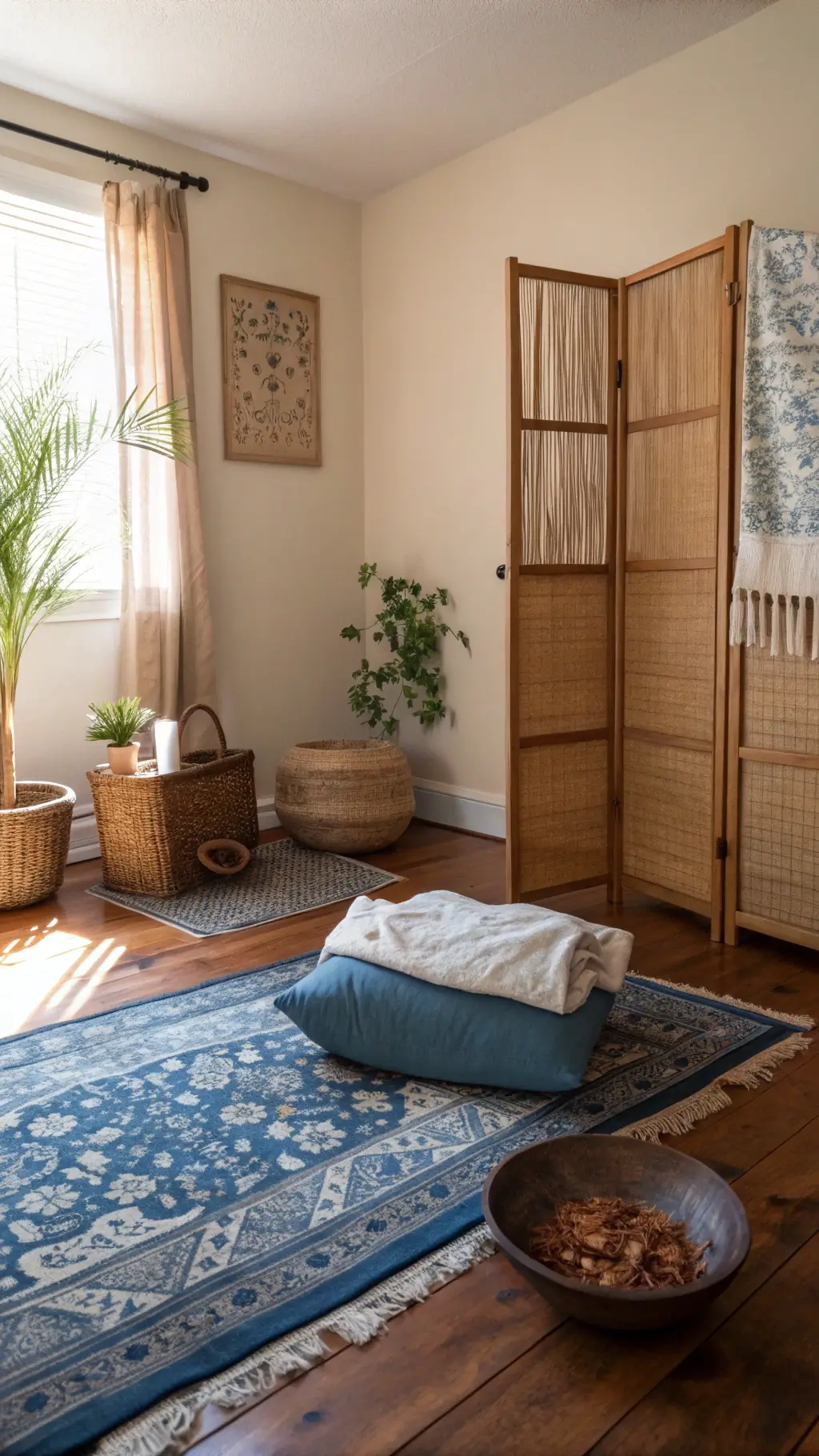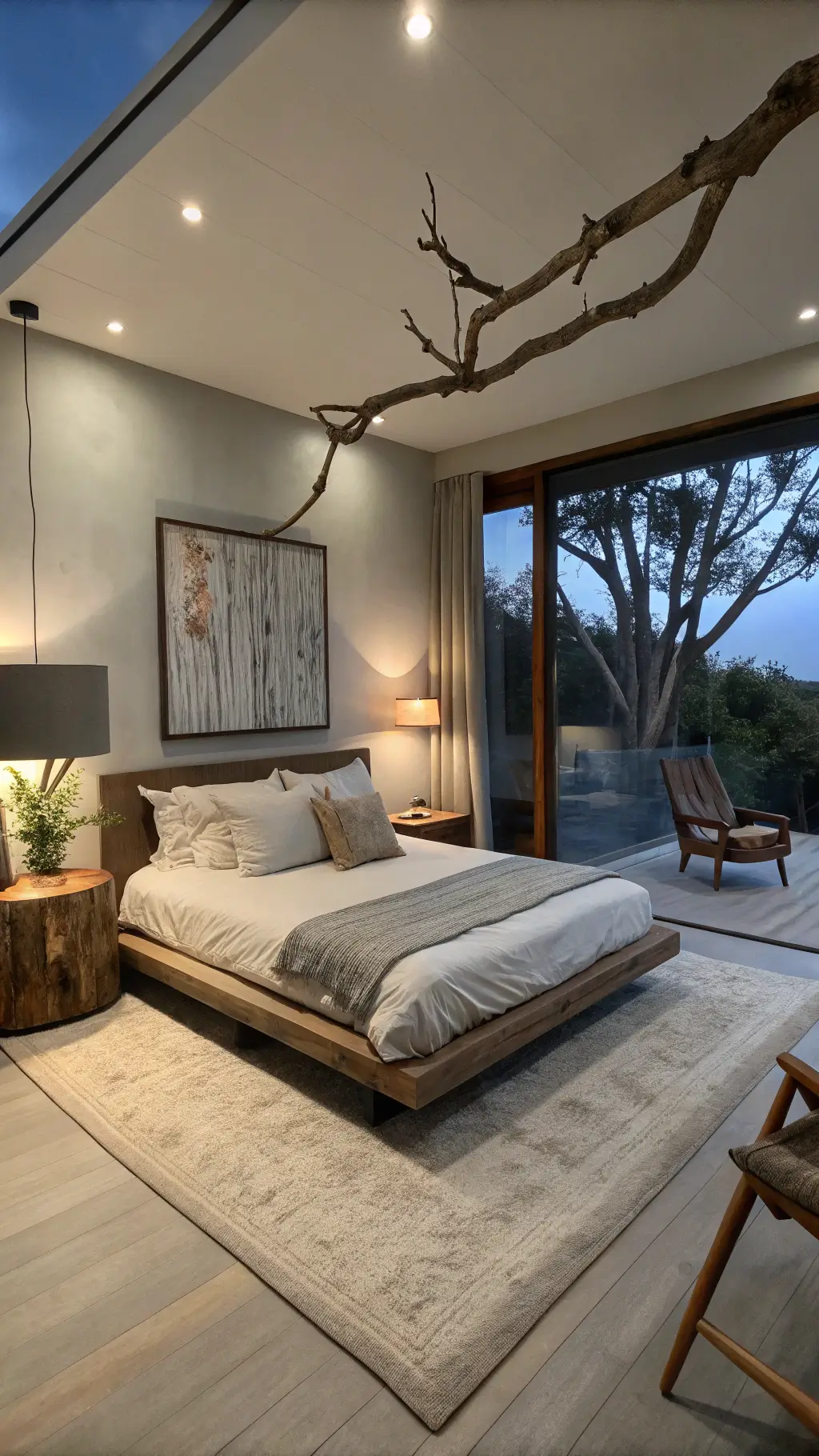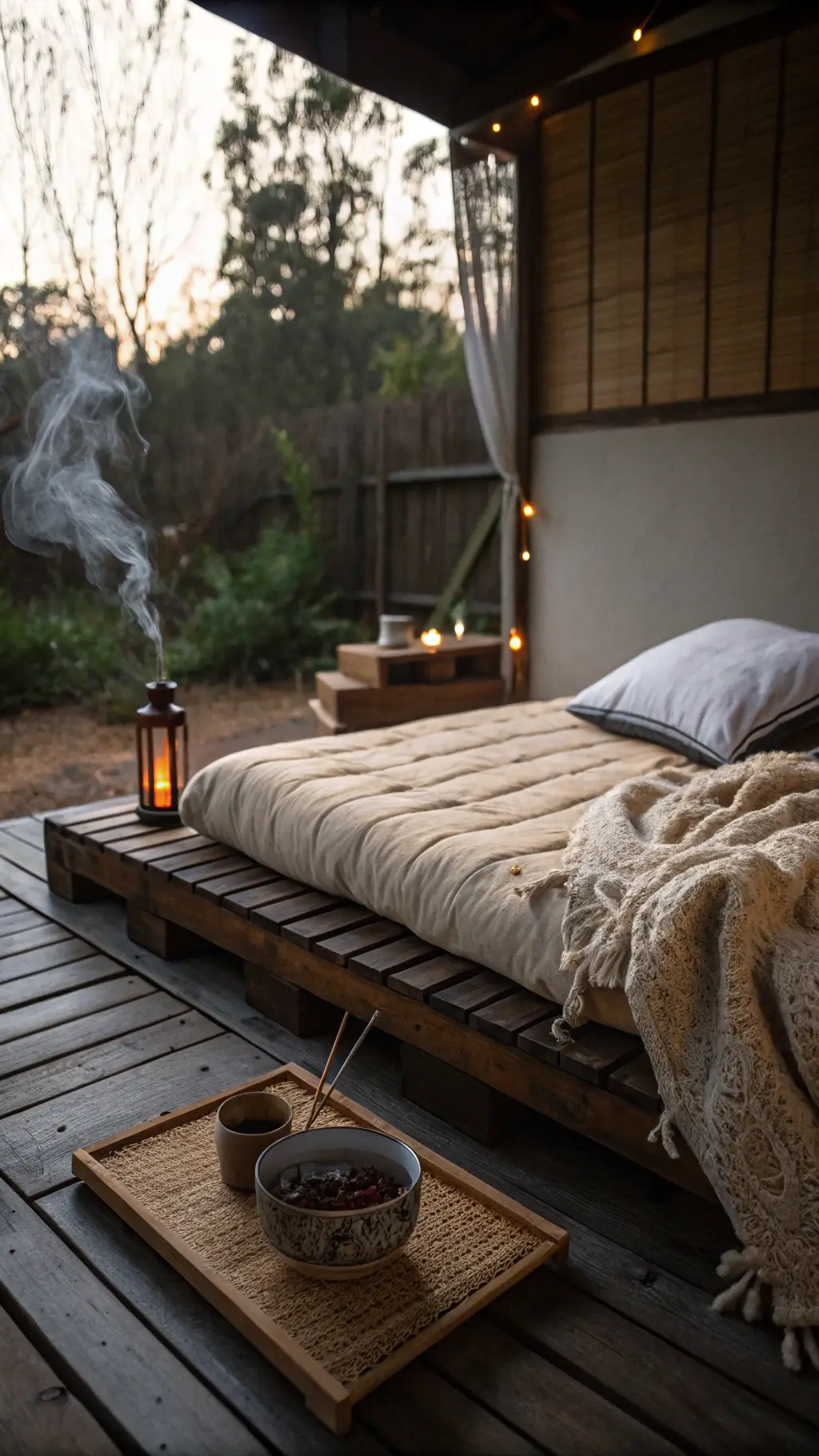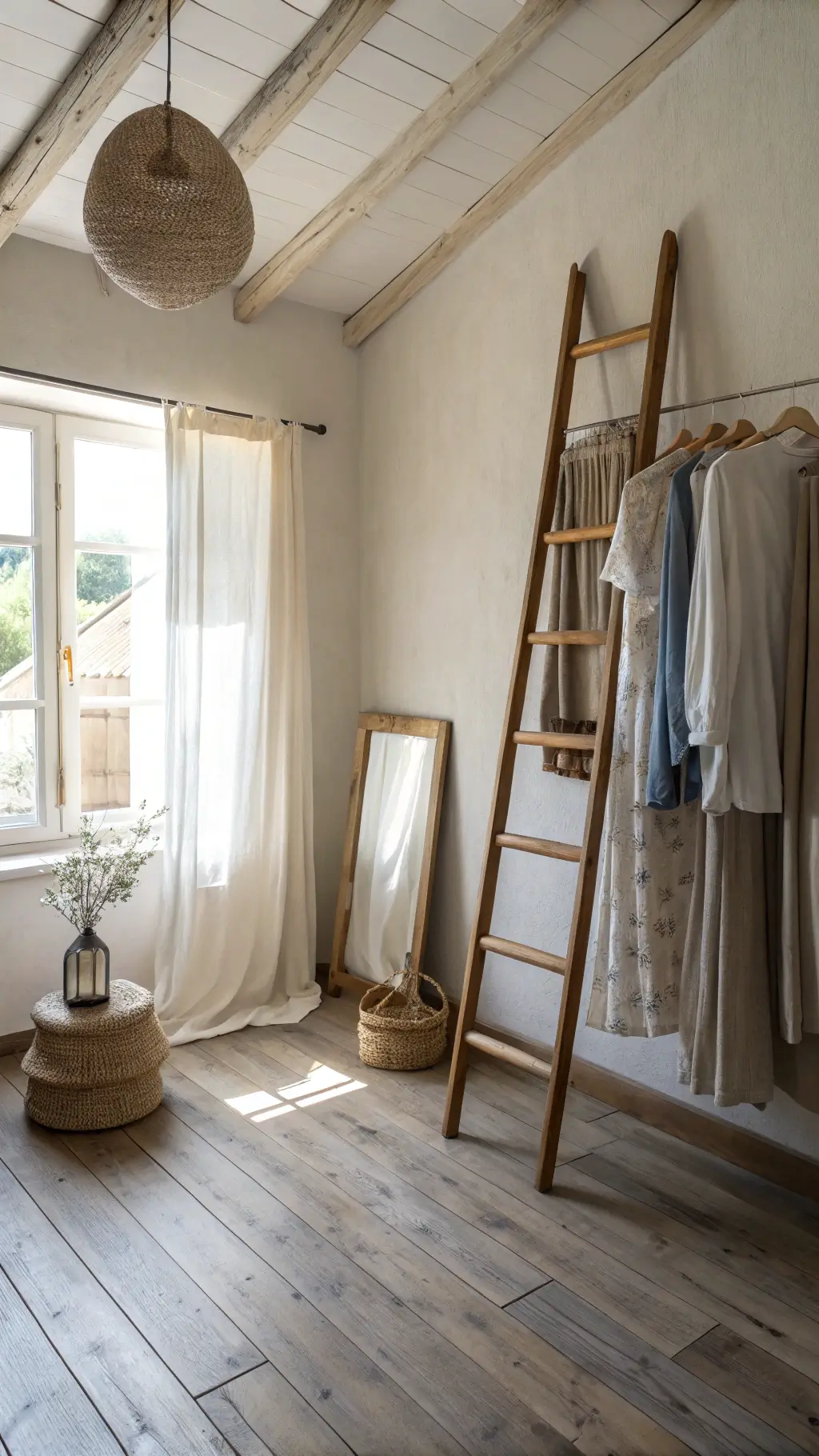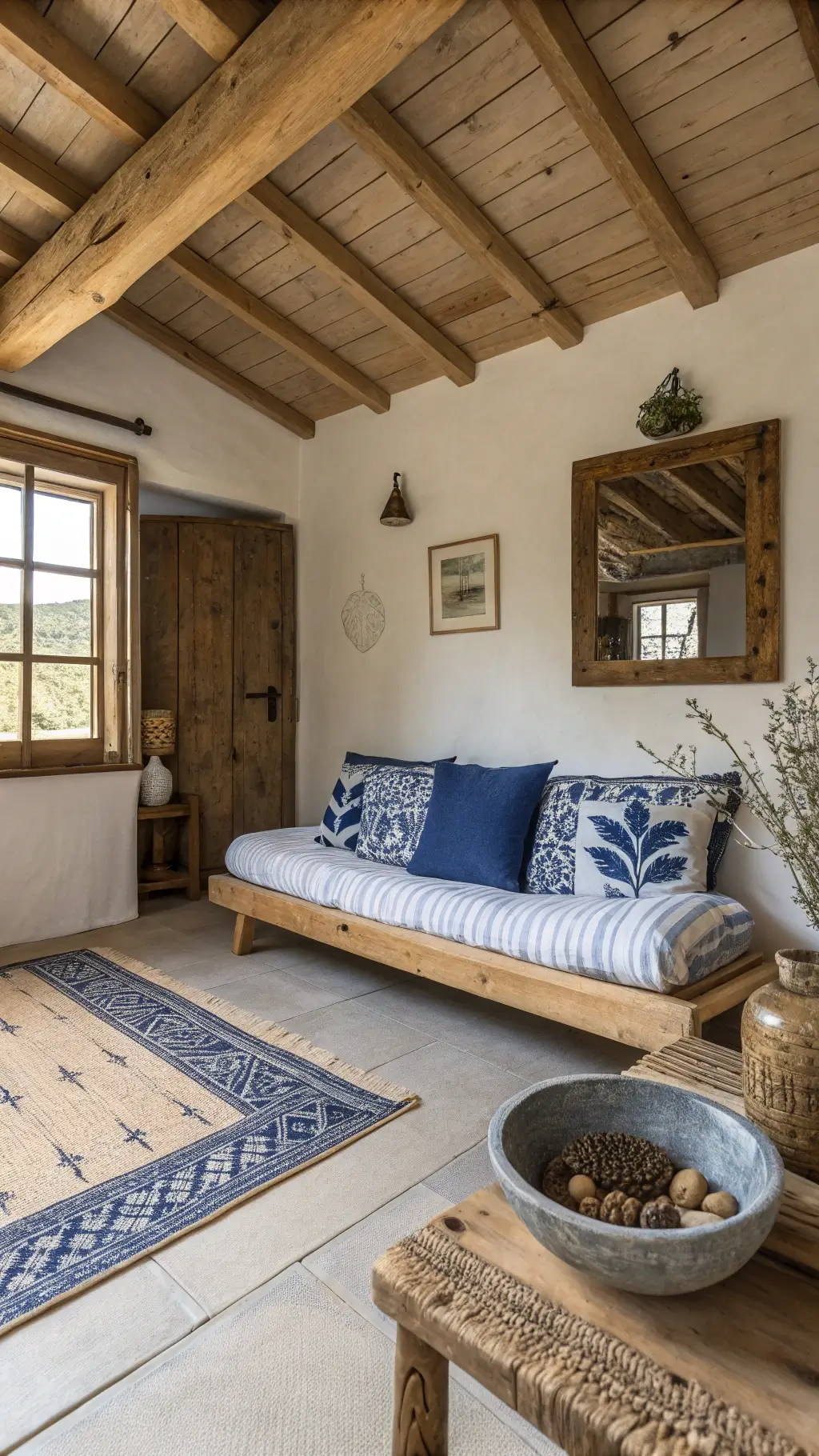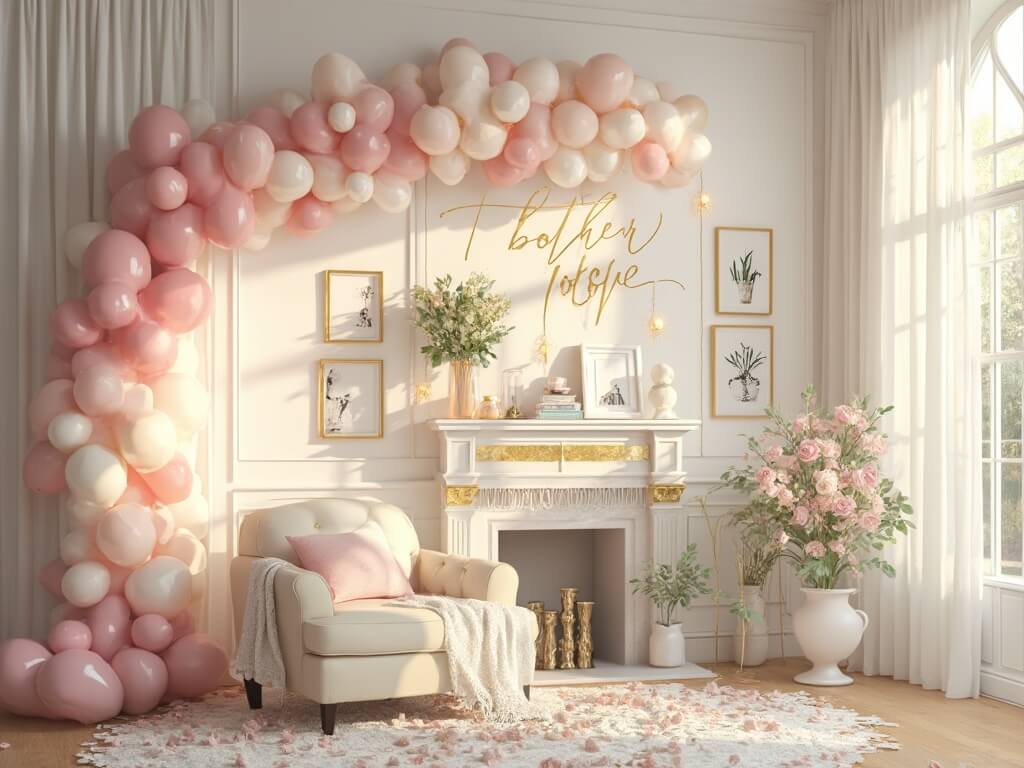What Makes a Wabi-Sabi Bedroom Truly Special?
Wabi-sabi isn’t just a design trend. It’s a profound Japanese philosophy that celebrates:
- Authenticity over perfection
- Natural aging and gentle wear
- Quiet beauty in simplicity
The Heart of Wabi-Sabi: Embracing Imperfection
Your bedroom becomes a canvas where every wrinkle, every weathered surface tells a story. Think of it like a favorite pair of jeans—comfortable, lived-in, perfectly imperfect.
Key Design Principles for Your Wabi-Sabi Sanctuary
1. Color Palette: Whispers, Not Shouts
Ideal Colors:
- Soft beige
- Gentle grays
- Creamy whites
- Muted earth tones
Pro Tip: Choose colors that feel like a soft exhale—calm, understated, natural.
2. Materials: Texture is King
Preferred Materials:
- Reclaimed wood
- Linen bedding
- Handmade ceramics
- Natural stone
- Aged brass accents
3. Furniture: Less is Magnificently More
Bedroom Essentials:
- Low-profile platform bed
- Minimalist wooden nightstands
- Single statement furniture piece
- No unnecessary clutter
Creating Your Wabi-Sabi Bedroom: Practical Steps
Step 1: Declutter Ruthlessly
- Remove anything that doesn’t spark joy
- Keep only meaningful, functional items
- Embrace empty spaces as design elements
Step 2: Choose Natural Bedding
- Select linen or cotton sheets
- Embrace wrinkles and natural texture
- Avoid overly pressed, perfect linens
Step 3: Introduce Organic Elements
- Small potted plants
- Wooden branches
- Stone accents
- Handcrafted ceramics
Common Mistakes to Dodge
❌ DON’T:
- Over-decorate
- Use synthetic materials
- Follow rigid symmetry
- Create a museum-like atmosphere
✅ DO:
- Allow imperfections
- Choose meaningful pieces
- Create breathing room
- Tell a story through objects
Photography & Styling Tips
Lighting:
- Natural, soft daylight
- Avoid harsh artificial lights
- Capture subtle shadows and textures
Composition:
- Focus on negative space
- Layer textures gently
- Use a wide-angle lens
- Edit minimally to preserve authenticity
Budget-Friendly Wabi-Sabi Transformation
You don’t need a fortune to create this aesthetic:
- Thrift vintage pieces
- Repurpose existing furniture
- Use natural found objects
- DIY simple decor elements
Seasonal Adaptation
- Autumn: Add woolen throws, pinecones
- Winter: Incorporate soft, heavy linens
- Spring: Fresh branches, soft green accents
- Summer: Light, airy textiles
Final Thoughts: Your Personal Sanctuary
A wabi-sabi bedroom isn’t about perfection—it’s about creating a space that breathes, tells stories, and makes you feel profoundly at peace.
Your bedroom should whisper, not scream. It should comfort, not compete.
Remember: In wabi-sabi, every crack, every worn edge is a celebration of life’s beautiful impermanence.



